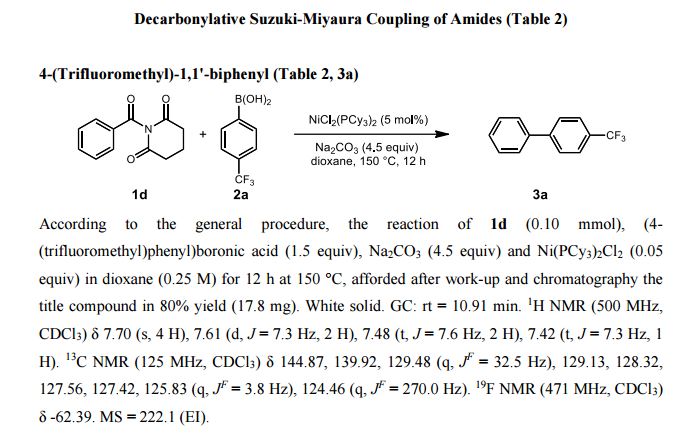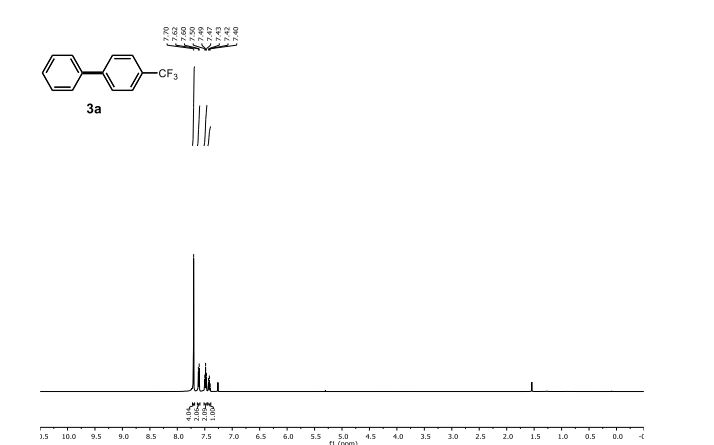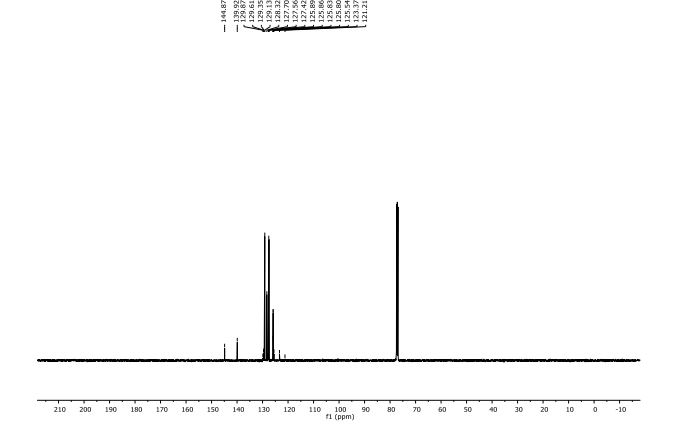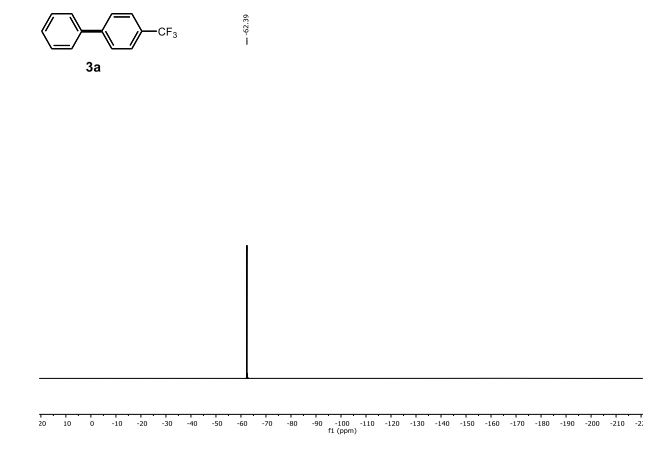 .
.
High
throughput screening techniques (HTS) are fast and efficient
alternatives to evaluate enzymatic activities. Here, this technique is
applied to obtain enantiomeric excess and conversions values with chiral
fluorogenic probes and a non fluorogenic competitor, which was named
Quick-ee. The fluorescent signal reveals of the enantioselectivity of
the enzyme. Details are presented in the Article High Throughput Enzymatic Enantiomeric Excess: Quick-ee by Maria L. S. de O. Lima, Caroline C. da S. Gonçalves, Juliana C. Barreiro, Quezia Bezerra Cass and Anita Jocelyne Marsaioli on page 319.
http://dx.doi.org/10.5935/0103-5053.20140282

Cover Article
J. Braz. Chem. Soc. 2015, 26(2), 319-324
Lima MLSO, Gonçalves CCS, Barreiro JC, Cass QB, Marsaioli AJ. High Throughput Enzymatic Enantiomeric Excess: Quick-ee.J. Braz. Chem. Soc. 2015;26(2):319-324High Throughput Enzymatic Enantiomeric Excess: Quick-ee
Maria L. S. O. Lima; Caroline C. S. Gonçalves; Juliana C. Barreiro; Quezia B. Cass; Anita J. Marsaioli
/////////////High Throughput, Enzymatic, Enantiomeric Excess, Quick-ee
http://jbcs.sbq.org.br/imagebank/pdf/v26n2a14.pdf
http://jbcs.sbq.org.br/imagebank/pdf/v26n2a14-Sup01.pdf













 Highlights
Highlights













